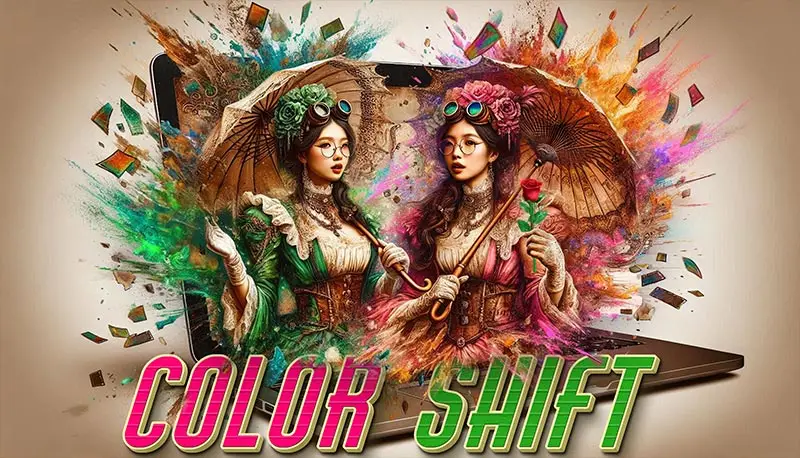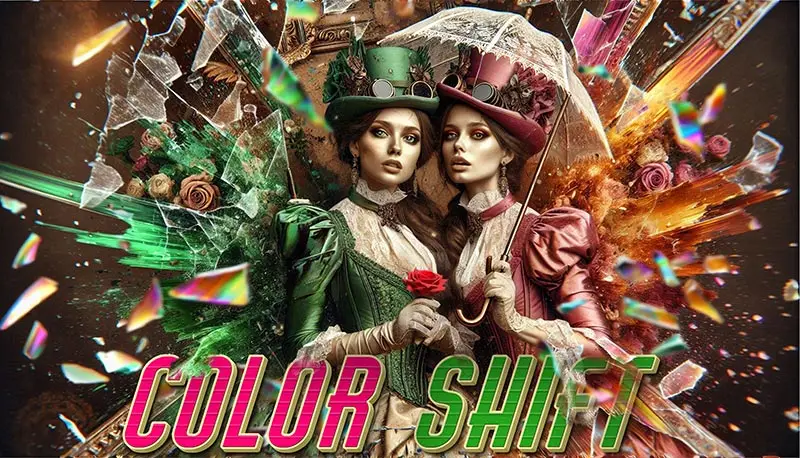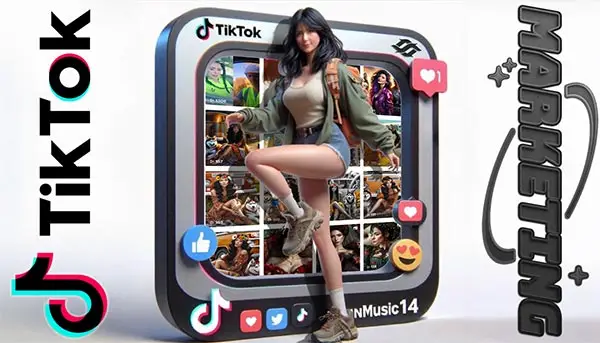
Embracing the Shift: Website Design Color Trends for Digital Comfort

Embracing the Shift: Website Design Color Trends for Digital Comfort
explore the latest color trends in website design and how they are revolutionizing the way we interact with digital content
"Embracing the Digital Comfort: The Changing Color Trends in Website Design"
In the ever-evolving world of website design, color trends play a crucial role in shaping the digital landscape. As technology continues to advance and user preferences shift, we are witnessing a significant change in the way colors are being utilized to enhance digital comfort. From bold and vibrant hues to calming and soothing tones, website designers are embracing a new era of color palettes that prioritize user experience and accessibility. In this article, we will explore the latest color trends in website design and how they are revolutionizing the way we interact with digital content. Get ready to embrace a world where color is not just a visual element, but a powerful tool for creating a seamless and enjoyable online experience.

How are website design color trends evolving to reflect the growing emphasis on digital comfort and user experience?
How Website Design Color Trends Reflect the Growing Emphasis on Digital Comfort and User Experience

there is a growing awareness of the impact of color on user well-being
In today's digital age, the design of a website plays a crucial role in attracting and retaining users. With the growing emphasis on digital comfort and user experience, website design color trends are evolving to meet the changing needs and preferences of online audiences. Let's explore how these trends are shaping the digital landscape.

- Emphasis on Accessibility: One of the key drivers behind the evolution of website design color trends is the emphasis on accessibility. Designers are now paying more attention to creating color palettes that are inclusive and easy to read for all users, including those with visual impairments. This has led to the rise of high-contrast color schemes and the use of color combinations that meet accessibility standards.
- Focus on User Comfort: Another important factor driving the evolution of color trends is the focus on user comfort. As more people spend extended periods of time online, there is a growing awareness of the impact of color on user well-being. Designers are opting for softer, more calming color palettes that create a sense of comfort and relaxation for users, especially when browsing for long periods.
- Integration of Dark Mode: The rise of dark mode across various digital platforms has also influenced website design color trends. Dark mode not only reduces eye strain and improves readability in low-light environments but also allows for more creative use of color. Designers are experimenting with bold, vibrant colors against dark backgrounds to create visually striking and immersive experiences for users.
- Personalization and Emotional Connection: With the increasing focus on personalization in digital experiences, website design color trends are also evolving to create emotional connections with users. Brands are using color psychology to evoke specific emotions and create a more personalized and engaging user experience. This has led to the use of custom color palettes that reflect the brand's identity and resonate with their target audience.

increasing importance of user experience
Overall, the evolving website design color trends reflect a shift towards creating more inclusive, comfortable, and emotionally engaging digital experiences for users. As the digital landscape continues to evolve, it's important for designers to stay attuned to these trends and adapt their color choices to meet the changing needs and expectations of online audiences.
What are the key factors driving the shift towards more user-friendly and visually appealing color schemes in website design?
The Shift Towards More User-Friendly and Visually Appealing Color Schemes in Website Design
In today's digital age, websites have become the primary means of communication and interaction for businesses and individuals alike. With the increasing importance of user experience, web designers are constantly striving to create visually appealing and user-friendly websites. One of the key elements in achieving this goal is the use of color schemes that are not only aesthetically pleasing but also enhance the overall user experience. In this blog post, we will explore the key factors driving the shift towards more user-friendly and visually appealing color schemes in website design.


This has opened up new possibilities for creating visually stunning websites that were not possible before
- Increased focus on user experience: As the competition in the digital space continues to grow, businesses are realizing the importance of providing a seamless and enjoyable user experience. Color schemes play a crucial role in shaping the overall look and feel of a website, and can significantly impact how users perceive and interact with the content.
- Advancements in technology: With the advancements in display technology, web designers now have access to a wider range of colors and gradients. This has opened up new possibilities for creating visually stunning websites that were not possible before. As a result, designers are leveraging these advancements to create more engaging color schemes that captivate the audience.
- Psychology of color: The psychology of color has long been studied and utilized in various fields, including marketing and design. Different colors evoke different emotions and responses from individuals, and web designers are leveraging this knowledge to create color schemes that resonate with their target audience. By understanding the psychological impact of colors, designers can create websites that are not only visually appealing but also emotionally engaging.
- Accessibility and inclusivity: In recent years, there has been a growing emphasis on creating websites that are accessible to individuals with disabilities. This includes considerations for color blindness and other visual impairments. As a result, web designers are opting for color schemes that are not only visually appealing but also accessible to a wider audience.
- Branding and identity: For businesses, their website is often the first point of contact with potential customers. As such, it is crucial for the website to reflect the brand's identity and values. Color schemes play a vital role in establishing and reinforcing a brand's identity, and designers are increasingly using colors to create a cohesive and memorable brand experience.
In conclusion, the shift towards more user-friendly and visually appealing color schemes in website design is driven by a combination of factors, including the focus on user experience, advancements in technology, the psychology of color, accessibility and inclusivity, and the need to establish a strong brand identity. As web designers continue to prioritize these factors, we can expect to see more visually stunning and user-friendly websites in the future.


significant shift towards digital comfort, we can create more engaging and user-friendly online experiences
In conclusion, the ever-changing landscape of website design color trends reflects the evolving needs and preferences of digital users. The shift towards embracing digital comfort is evident in the increasing use of soothing and calming color palettes, as well as the incorporation of user-friendly design elements. As we continue to navigate the digital world, it is crucial for website designers to stay attuned to these changing trends and adapt their designs to meet the needs of their audience. By embracing this significant shift towards digital comfort, we can create more engaging and user-friendly online experiences for all. So, let's continue to embrace these changing color trends and design for a more comfortable and enjoyable digital future.





